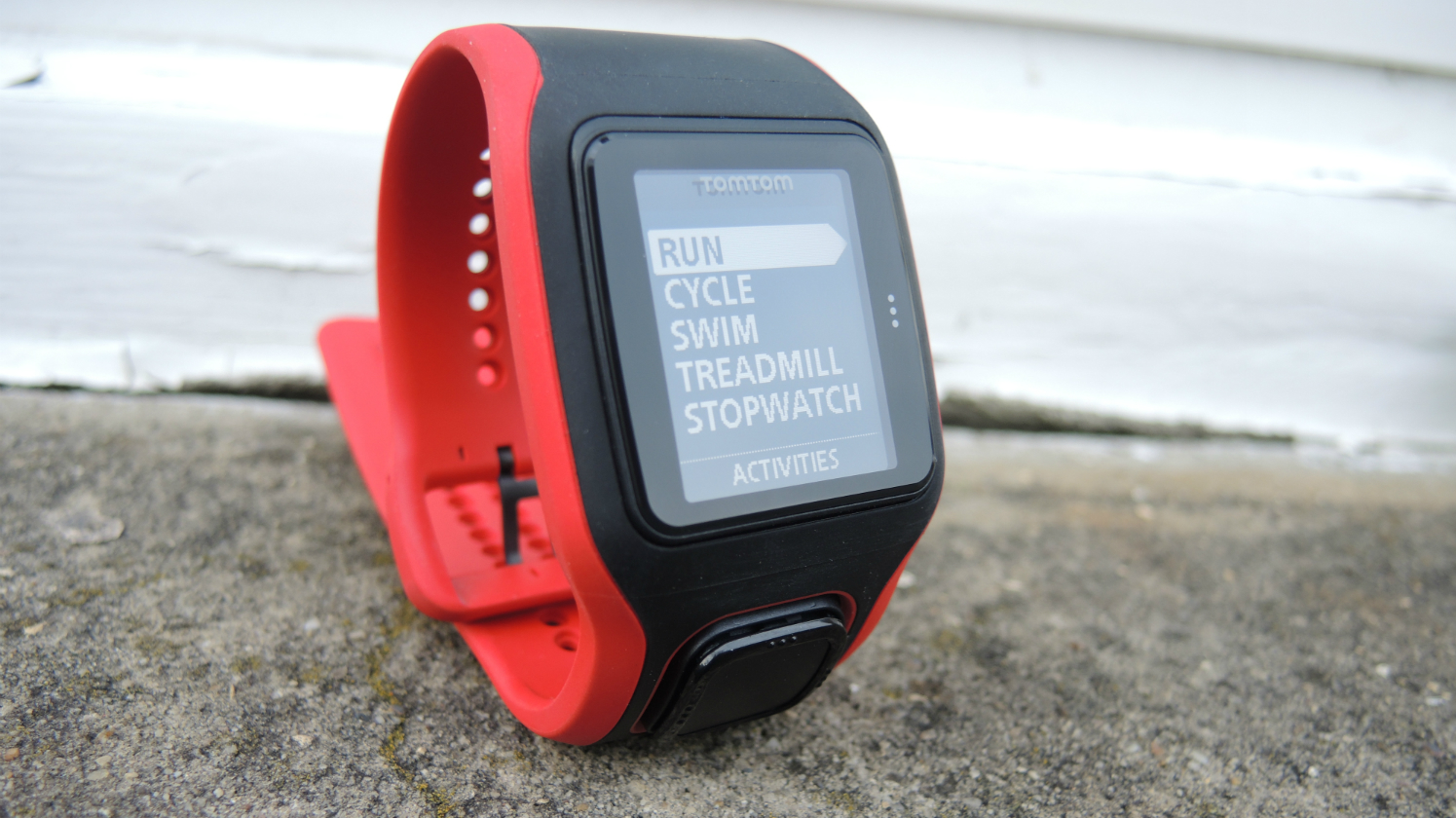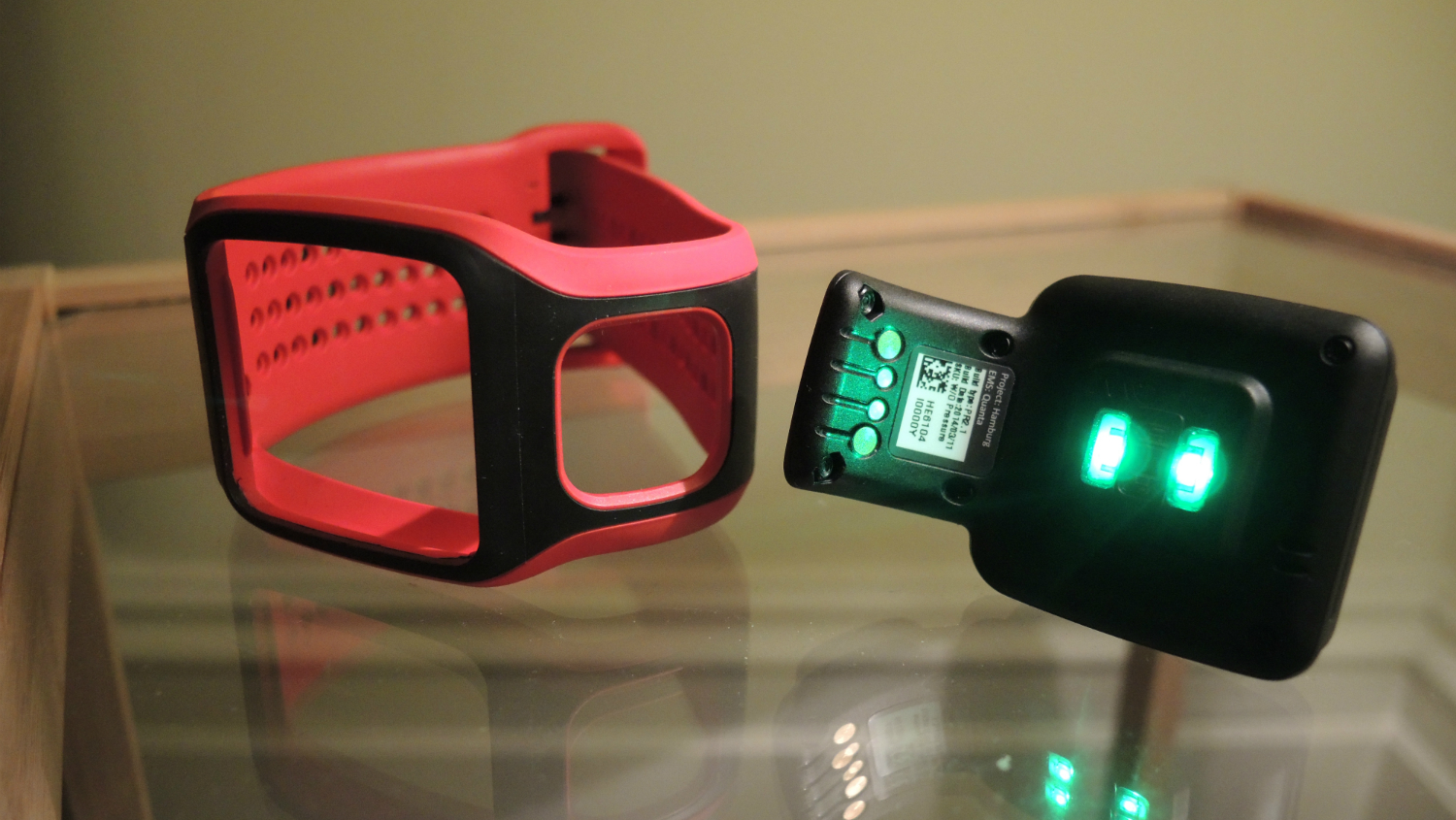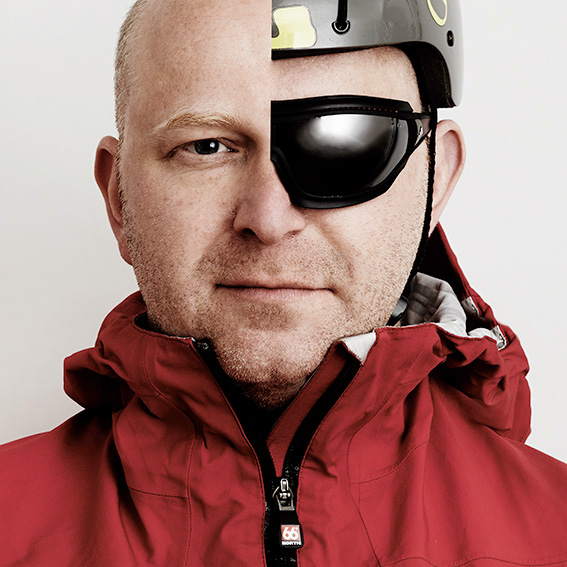TechRadar Verdict
For those who are in the "committed" part of the get-fit scale (not casual, not elite), this is a tempting device, but the pricing does run a little hot.
Pros
- +
Accurate heart rate monitor
- +
Comfortable
- +
GPS tracking heads up a decent list of features
Cons
- -
Expensive
- -
Slow GPS lock
- -
Better for running than swimming or cycling
Why you can trust TechRadar
As impressed as we were with the TomTom Runner and Multi-Sport, it was obvious at the time that there was plenty of room for improvement.
A year later and TomTom is refreshing its watches with the new "Cardio" versions, which bring all the familiar features of the first two but with one big added extra - a built-in heart rate monitor.
Not just that, but (so far) a highly accurate one. The original Runner and Multi-Sport could be paired with a separate heart rate monitor but wrapping that strap around yourself and pairing it with the watch was a lot of extra hassle.
Like the original sports watches, the TomTom Runner Cardio is focused on, well, running, while the Multi-Sport throws in added features for tracking cycling and swimming. As a cycling device it works well, and can even be synced withTomTom's wheel-mounted cadence tracker.
Update: The TomTom Cardio Run 8RA0 running watch has been out for some months now, it's had a few updates, and now costs £170, can it still give the opposition from Garmin and Polar a run for their money?
Screen and Battery Life

Battery life is okay. I got something like six to seven hours of use per charge. However, while that might not sound like a lot, this isn't a smartwatch that you'd wear outside of training - it's far too chunky for one thing.
This is an exercise companion that you'll strap on when you stick your running shoes on and slip off at the end. Most users will sync this every time they train, and plugging in via USB also charges it up, of course. That's if you use USB - Bluetooth syncing between the watch and its mobile app is also possible and this means your heart rate data will also now be transferred over quickly with the rest of your workout stats.
Sign up for breaking news, reviews, opinion, top tech deals, and more.
There's no touchscreen here or indeed buttons, just a large joystick-style pad at the base of the watch. It's a fairly left-field navigation method, but the UI is pretty intuitive, the monochrome LCD screen providing good contrast even in badly lit conditions.
If anything the screen is too minimalist, although I'm not sure that's an acceptable criticism for a running watch, but there's small examples where more data would be nice - like checking the battery charge requires a back-press to bring up a screen with software version detail as well. Checking the battery shouldn't be the same as checking your software version...
Design, Build Quality and Strap Comfort
As you've probably guessed from the photos, TomTom hasn't gone for anything radically new in design.
It's a bold design that has arguably dated fast (the TomTom Runner Cardio came out in May 2014), but the red highlights and black strap don't immediately embarrass on the road.

The strap is removable and swappable for a small range of signature colours, and improves on the previous model, which suffered from a loose fit. The main watch unit is now held in a lot more securely (a gripe I had with the first watches) so it'll no longer slip out unless you apply a fair bit of pressure.
This plugs into a sizeable charging sled with an inbuilt USB cable, which you'll be carrying around a lot, and this again dates the tech here - many competitors now have a sled with microUSB plug to minimise the number of cables you're dragging around, and this system also reduces the likelihood of cable failure as it twists around the base of the charger.
On the plus side, the unit sits on the desk upright so you can see charging progress easily, although you can't operate the watch while it's connected.

Mark Mayne has been covering tech, gadgets and outdoor innovation for longer than he can remember. A keen climber, mountaineer and scuba diver, he is also a dedicated weather enthusiast and flapjack consumption expert.
